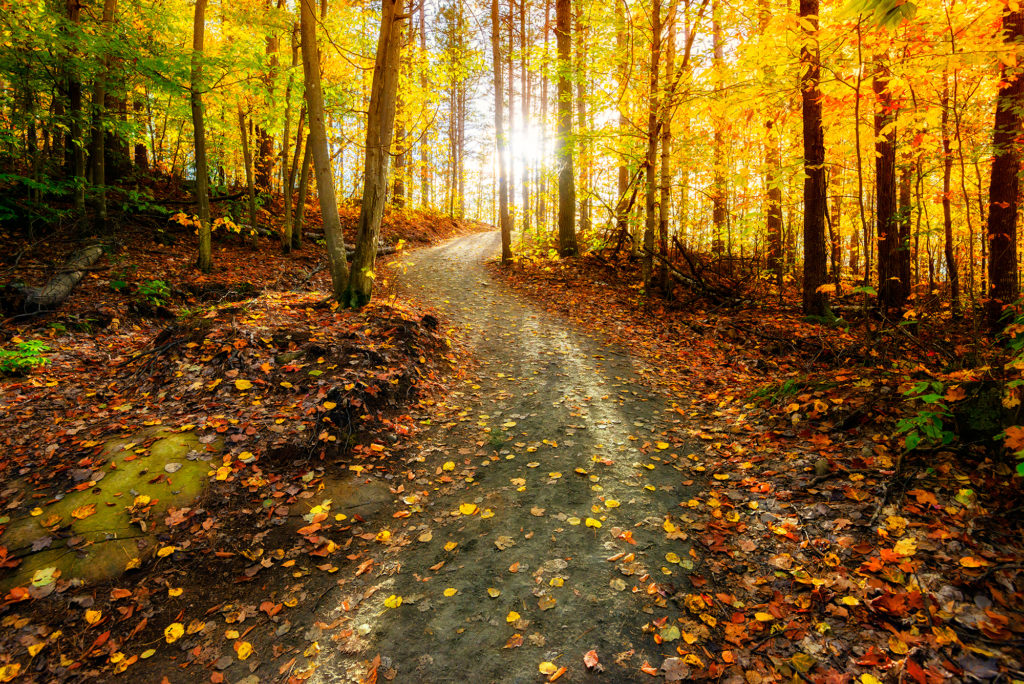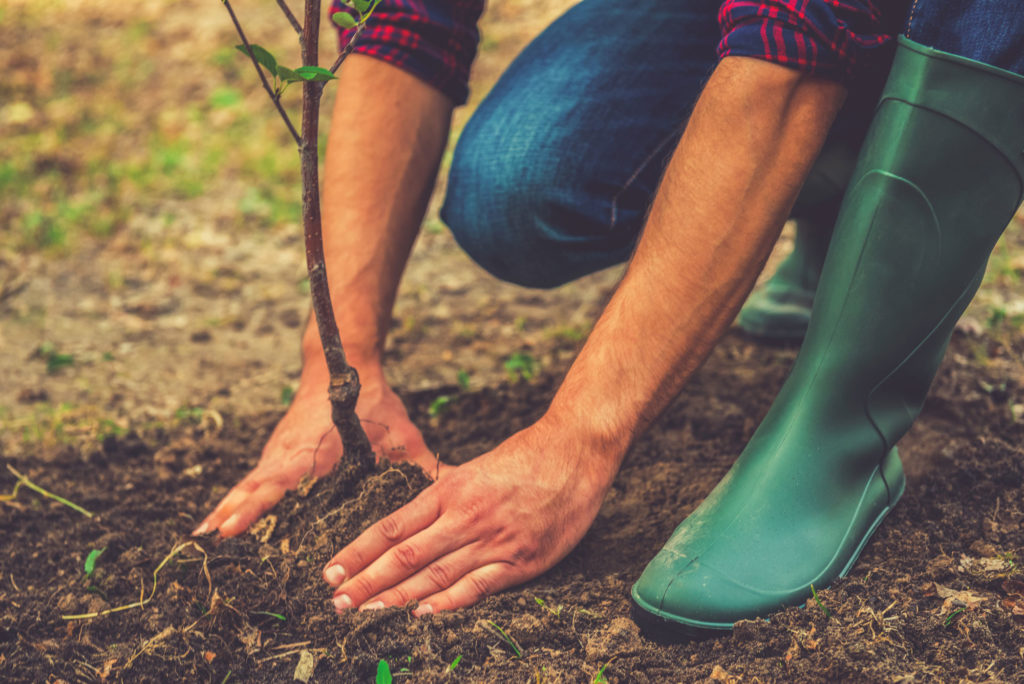Resources

How do you choose a species to plant?
Choosing the right species for the right spot is important! First things first, make sure to choose a native tree. When you choose native, you are supporting local biodiversity and choosing a species that will grow well because it is in its home environment. You should also make sure to choose the right species for your location and take into account things like the mature size of the tree, soil type, growing space, pollution tolerance and how it supports local wildlife.

Where can trees be planted?
The location of where a tree or trees will be planted is one of the most important first steps. When selecting a location for planting you must determine:
- Is there enough root and canopy space for a tree – think ahead to when that tree is big and beautiful. How far will it stretch out?
- Are there any obstructions (e.g. overhead wires, other trees, underground utilities) that might prevent the tree from growing?
- Will your tree(s) provide the benefits you want in this location (e.g. shade, aesthetics, habitat)?
- Will the future trees be competing with anything in terms of what the space will be used for in the future?

What are the benefits of planting trees?
Trees are awesome because:
- Planting in the right location around your house can reduce your energy costs by providing shade in the summer and blocking cold winds in the winter
- They can add significant value to your property
- They help to clean water and the air, prevent soil erosion, cool the air and prevent water loss
- They generate jobs – whether it is in municipalities, local woodlots, or the forest industry
- Provide shelter for wildlife including birds, bugs, and small mammals
- Provide a wealth of health benefits including reducing depression, improving well-being
- They help fight climate change by absorbing carbon dioxide out of the air
- They provide us with wood products like furniture, skateboards, paper, lumber for houses and musical instruments